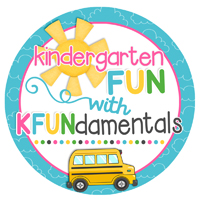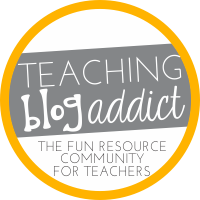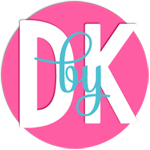Communicate with parents the easy way, with SimplyCircle
What are you using to communicate with parents this school
year? Still using regular email or flyers? I wanted to let you know about a
great service called SimplyCircle that makes communicating with parents much
easier. Not only does it save you time, but it turns a chore (like reminding
parents of an upcoming field trip so that nobody forgets to sign that
permission slip or wear their school T-shirt) into something that is fun and easy
to do.
Plus, I love the look-and-feel of their newly redesigned
app. As you all know, I’m a huge fan of Apple, and their simple and beautiful
design. The new look of the SimplyCircle app reminds me of an Apple-like design: clean, simple, and easy to understand.
What’s SimplyCircle?
SimplyCircle is a
website where you can create a free, private circle for your classroom. Just
add all your parents to a circle, and then you can send them messages, events,
tasks, photos, documents – basically anything you want. You can communicate
with all the parents at once, or one-on-one. The service can be accessed from
any computer, tablet or mobile phone – all you need is an Internet connection.
And they just released their brand-new apps for both iPhone and Android.
Why do I like
SimplyCircle better than regular email and paper flyers?
SimplyCircle is better for lots of reasons:
· Saves you
time. Instead of having to send parents multiple emails reminding them about
the project that is due next week, you can set up a task with a due date, and
SimplyCircle will remind them automatically. Parents can even add the task to
their personal calendar.
· Keeps
everything in one place. When you send a lot of emails, parents overlook or
accidentally delete some of them. That means they either tell you that you
never told them the info to begin with, or else they ask you to send them the
same materials over and over again. With SimplyCircle, everything is securely
stored in one place, so parents always know where to go to find what they need.
· Gets you
more help in the classroom. One of the coolest features of SimplyCircle is
the integrated volunteer signups. If you need help with something in the
classroom, you can ask for parent volunteers easily, and they can sign up in just
one click.
· Helps you
remember who’s who. When parents sign up for SimplyCircle, they’re
encouraged to post a profile photo. These can be great at helping you remember
who’s who, which is especially important at the beginning of the year, when
there are so many new faces.
· Great for
on-the-go communication. SimplyCircle has always been mobile-friendly – no
need to pinch-and-scroll. And now that they have native apps for both iPhone
and Android, sending a quick update to the parents or sharing photos of the
kids has never been easier.
How do you get started?
You can set up a free account and set up your classroom on
SimplyCircle in just a few minutes. Then you can either invite all your parents
via email (if you know their email addresses) or create a unique invite code
that you can send home on a flyer. The
system is FREE, private and secure.
Good luck with your teacher-parent communication this year.
And definitely check out SimplyCircle!
Give it a try and let me know what you think by leaving a comment.
Give it a try and let me know what you think by leaving a comment.

























































































